Architects: Want to have your project featured? Showcase your work by uploading projects to Architizer and sign up for our inspirational newsletters.
Designers are increasingly redefining envelopes and boundaries. Stretching the limit of how we understand and perceive space, architects have begun exploring the possibilities of fabric and tensile façades. Closely linked to layering and light quality, these ephemeral elements provide new ways to think about thresholds, shading and enclosures.
The following projects showcase how translucent façades are transforming the line between interior and exterior. With fabrics and materials that are liminal in nature, the projects arrange structure and fenestration around these unique elements. Together they begin to show architects and designers can push the boundary by shaping space and its limits.

© Hampus Berndtson

© Hampus Berndtson
The Orangery by Lenschow & Pihlmann and Mikael Stenström, Holte, Denmark
Located in Gl. Holtegaard Art gallery in Denmark, The Orangery reinterprets the church of San Carlo alle Quattro Fontane. A clear ‘shrink wrap’ façade is wrapped around a steel structure and interior orangery.
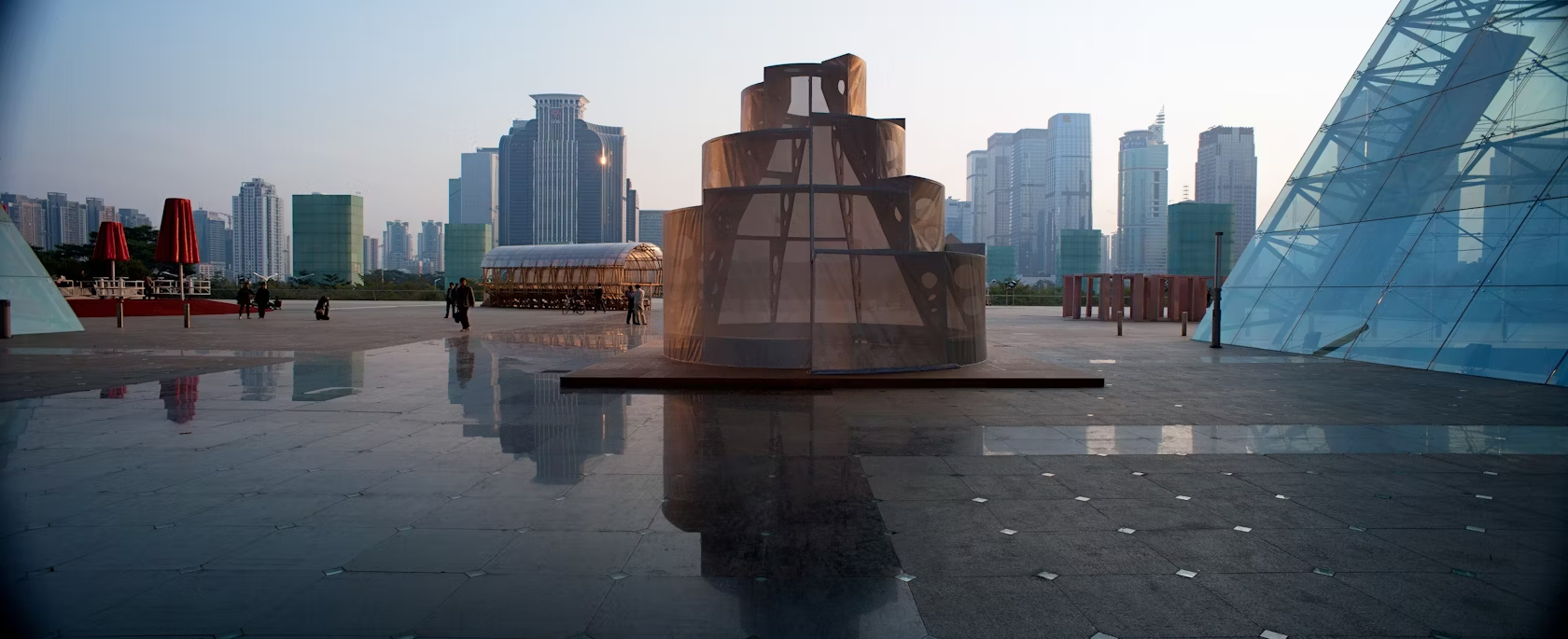
© OBRA Architects
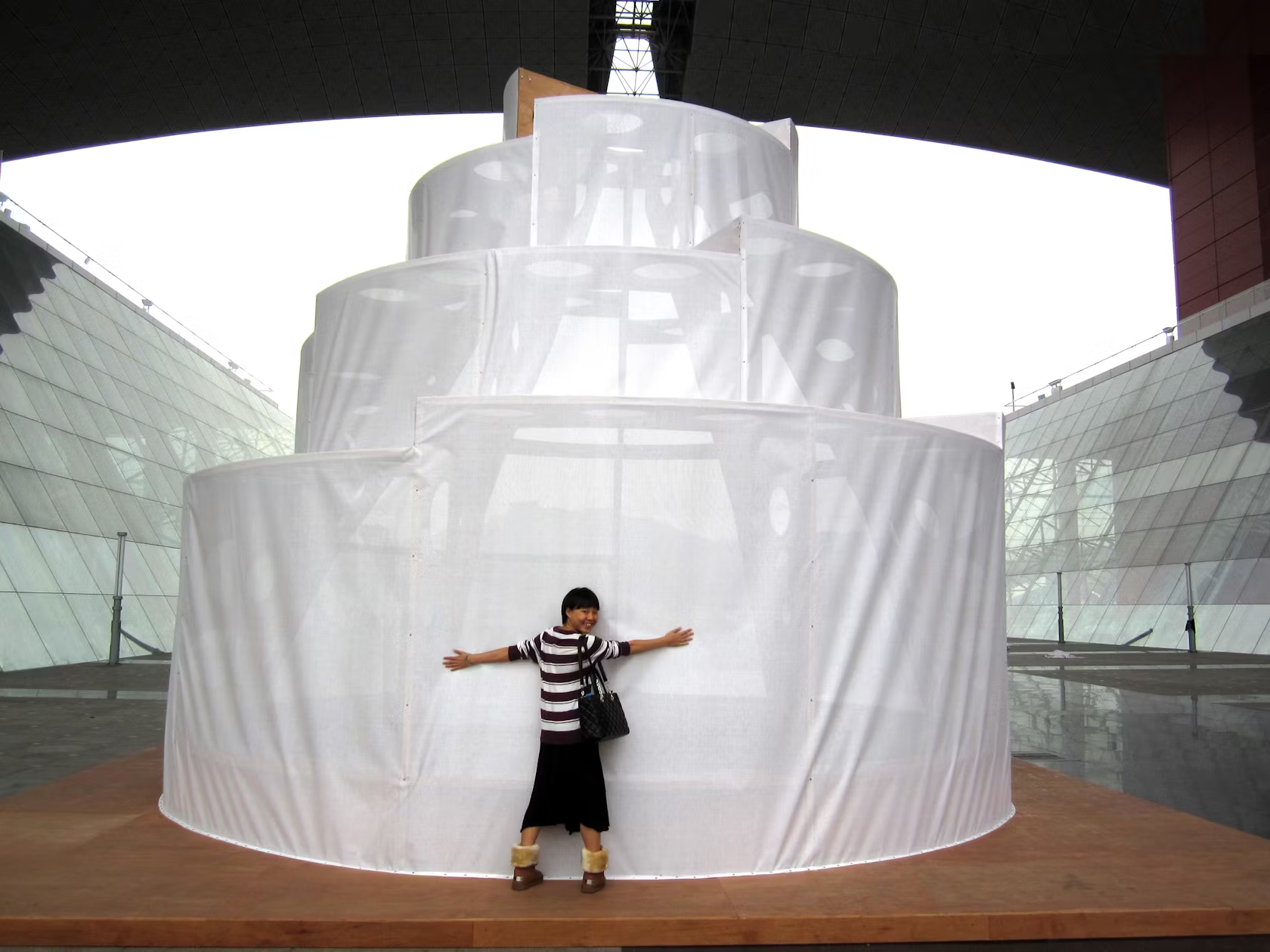
© OBRA Architects
Oxymoron Pavilion by OBRA Architects, Shenzhen, China
OBRA’s Oxymoron Pavilion was made to explore the interdependence between architecture, the city and the environment. The pavilion is designed over a plywood platform and defined as a stepped plywood spiral with a fabric-screen enclosure.

© FTL DESIGN ENGINEERING STUDIO
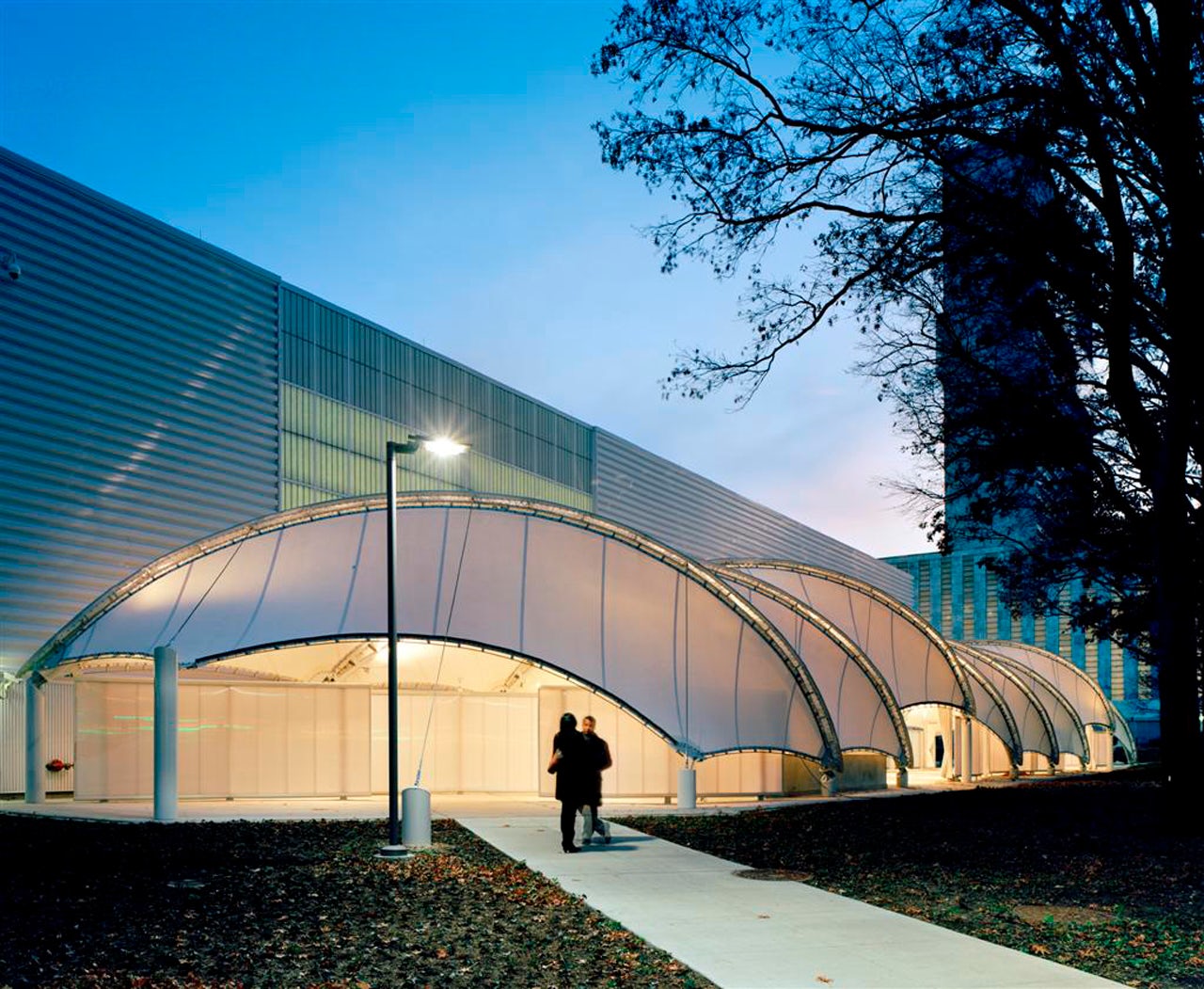
© FTL DESIGN ENGINEERING STUDIO
United Nations Porte Cochere by FTL DESIGN ENGINEERING STUDIO, Manhattan, N.Y., United States
Sited next to the temporary General Assembly building of the United Nations campus, the Porte Cochere was created as an entrance pavilion and security screen for general assembly delegates. Exploring lightness, the project was made with a high-tech textile membrane that distributes loads and defuses sunlight.
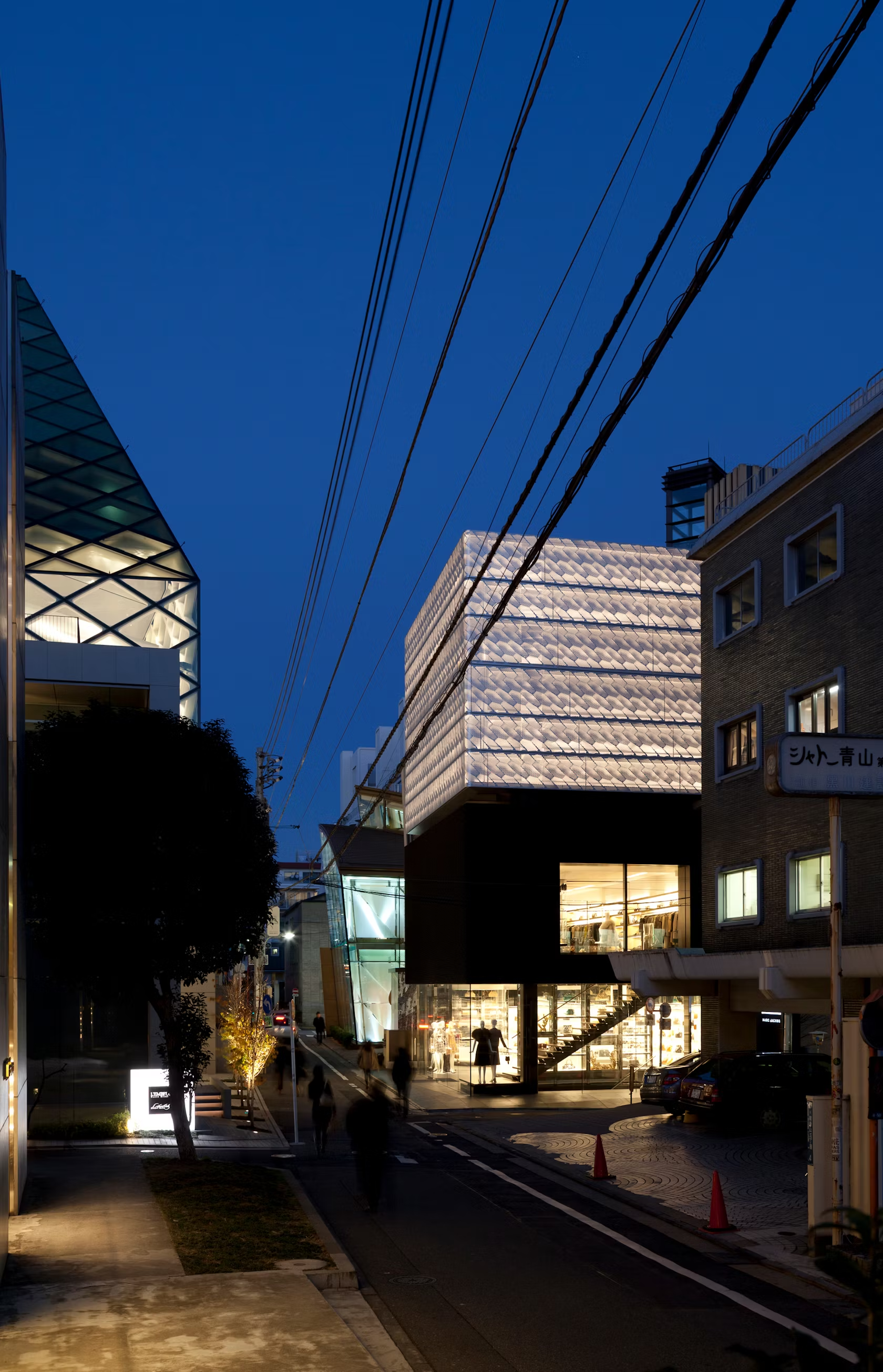

Marc Jacobs Aoyama Flagship Building by Jaklitsch / Gardner Architects, Tokyo, Japan
Designed as a flagship building for Marc Jacobs, this project is located in Tokyo’s famous Aoyama shopping district. The design features an elegant kosakubutsu made with perforated aluminum panels and illuminated tensile fabric.

© PETERSEN ARCHITEKTEN
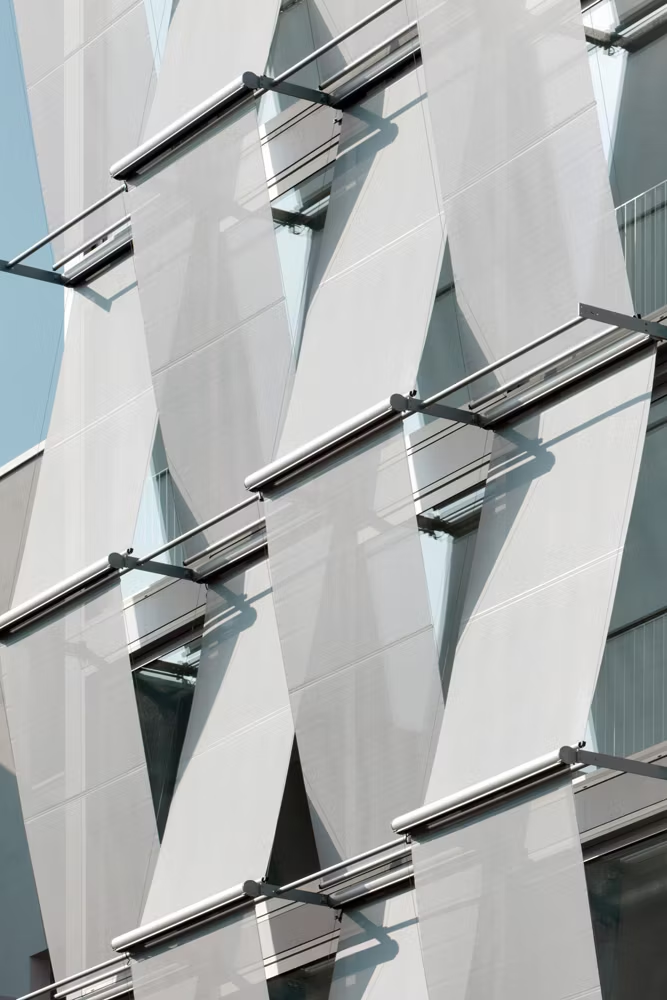
© PETERSEN ARCHITEKTEN
F40 Office Building by PETERSEN ARCHITEKTEN, Friedrichvorstadt, Germany
Carefully intertwined within the cultural development of its surroundings, this office building includes textile façade elements that provide sun protection. The project was built with vertical glass lamellas, oriels and wood elements that interweave with the city and garden space.

© DJA

© DJA
Pavilion and Workshops for Nature Concert Hall by DJA, Sigulda, Latvia
Created as an art object that unifies space, light and music, this project features volumes that reference existing elements in nature. The pavilion was made to lightly touch the surrounding biotope meadow, while vertical fabric bars help define transparency and closeness.
Architects: Want to have your project featured? Showcase your work by uploading projects to Architizer and sign up for our inspirational newsletters.




